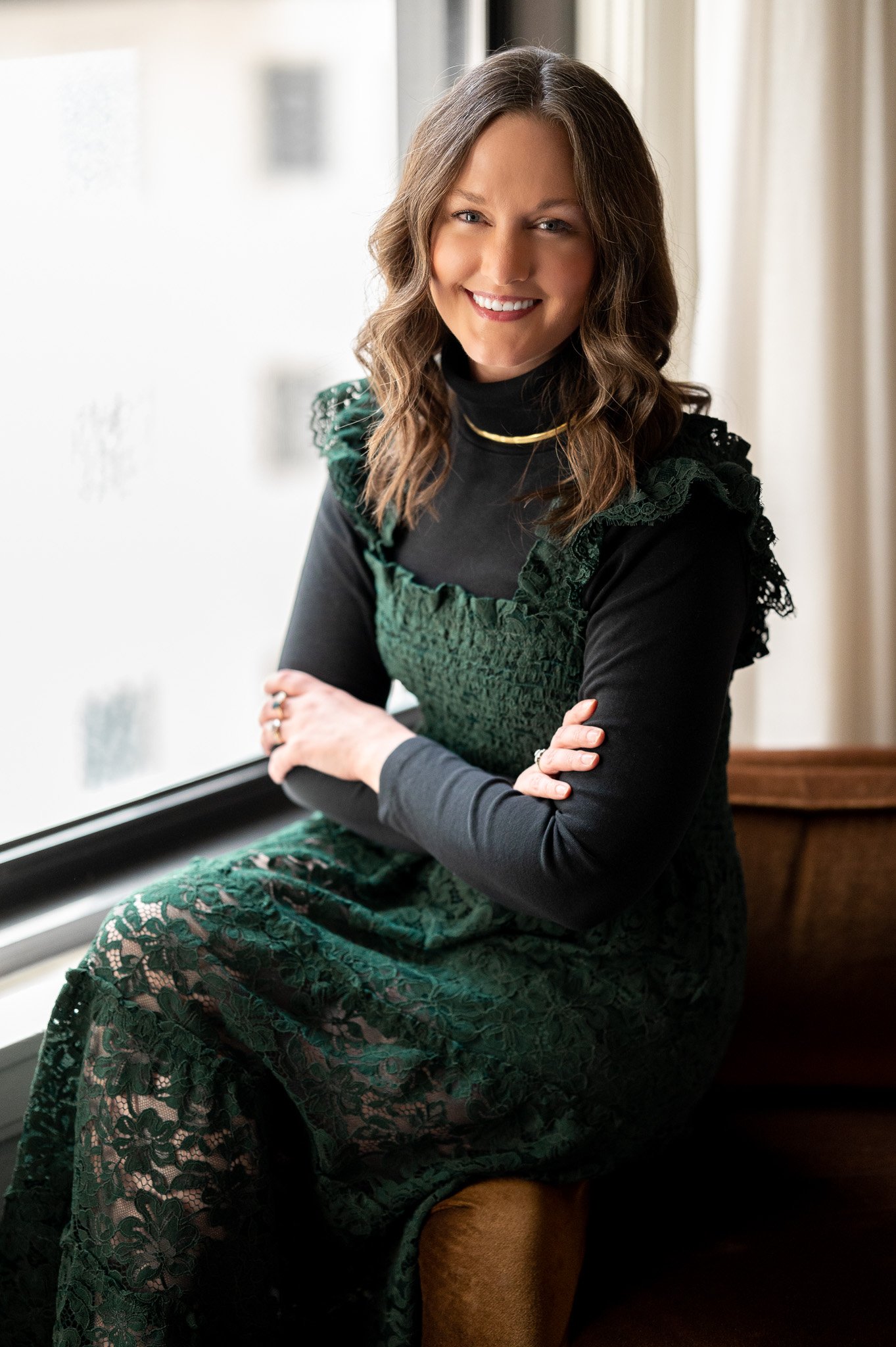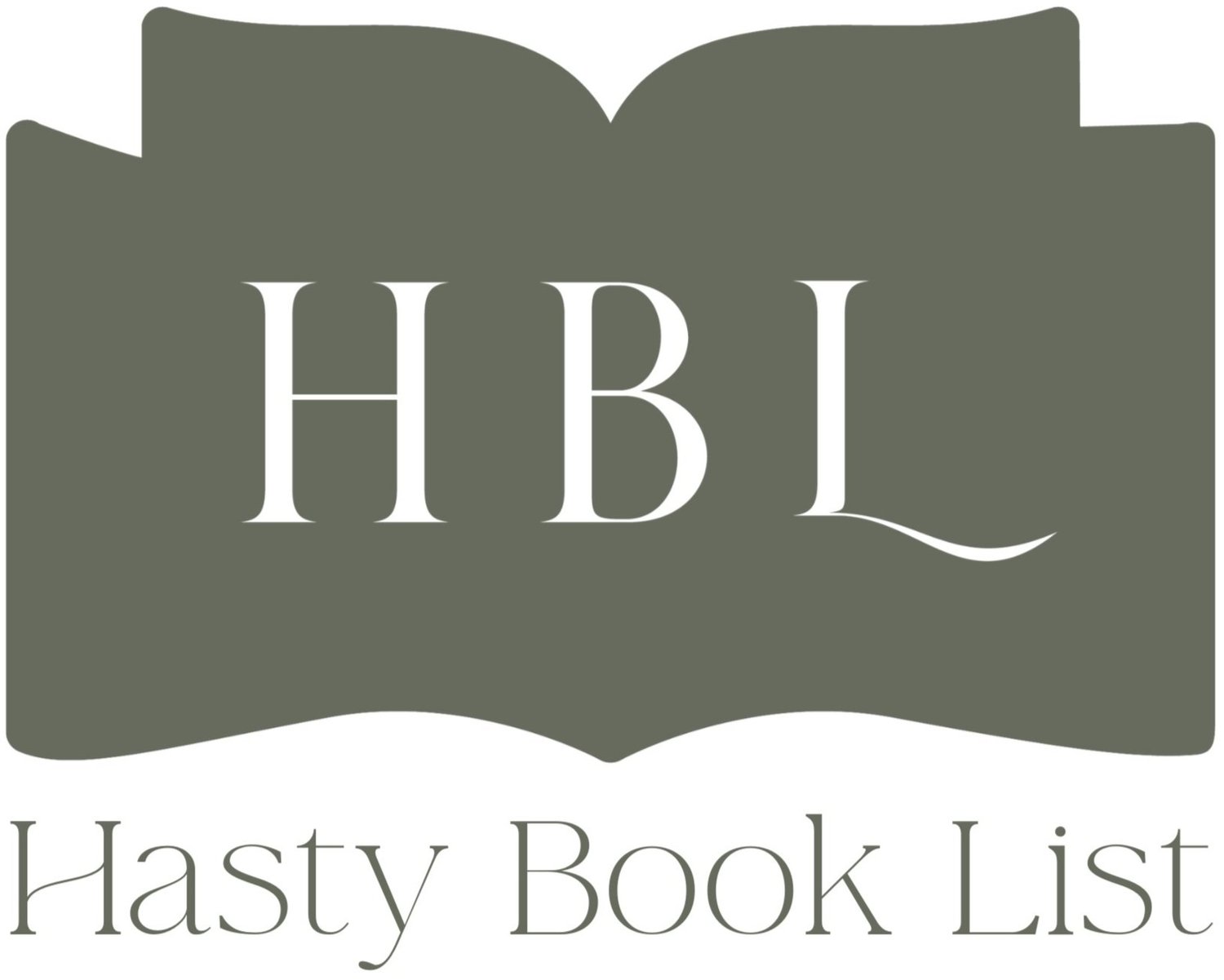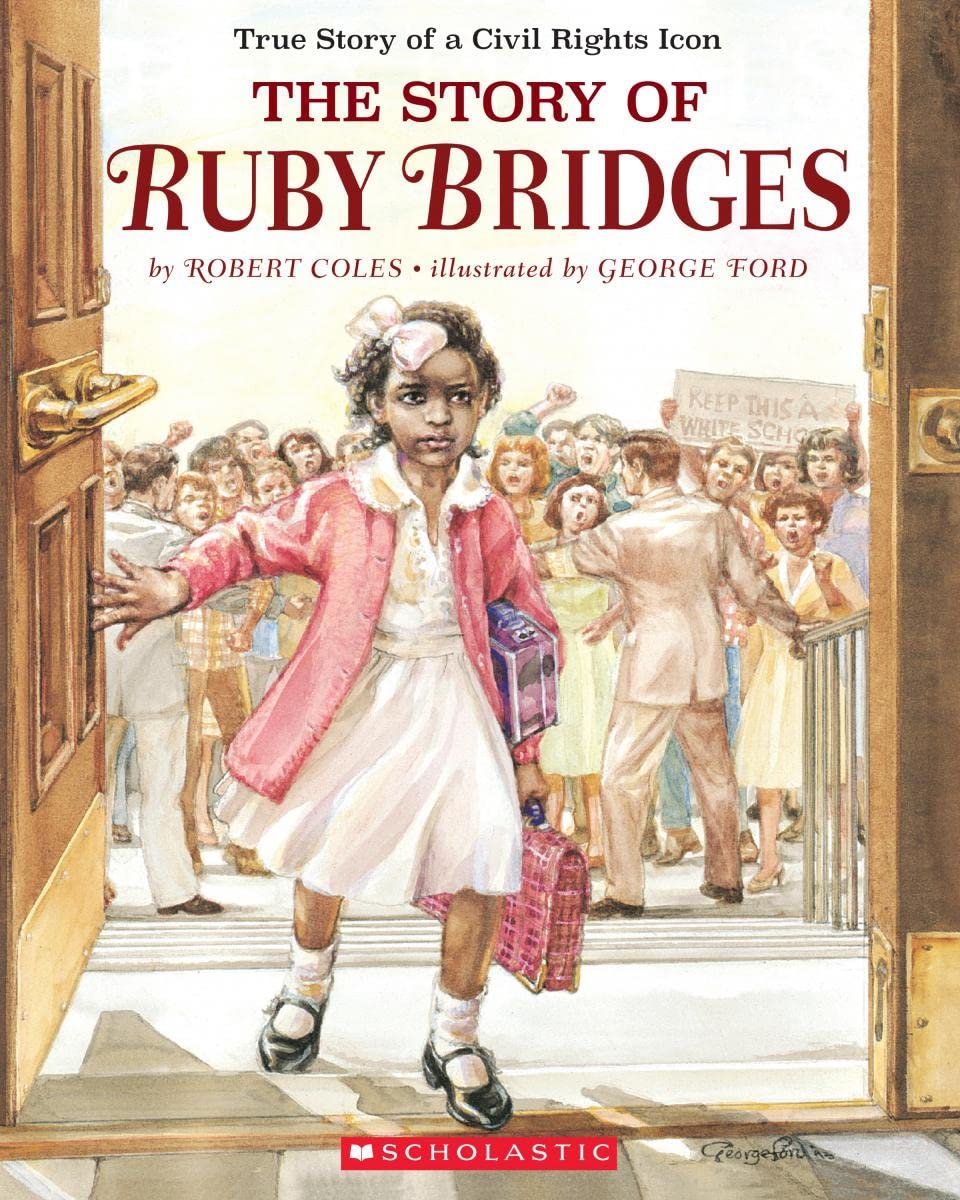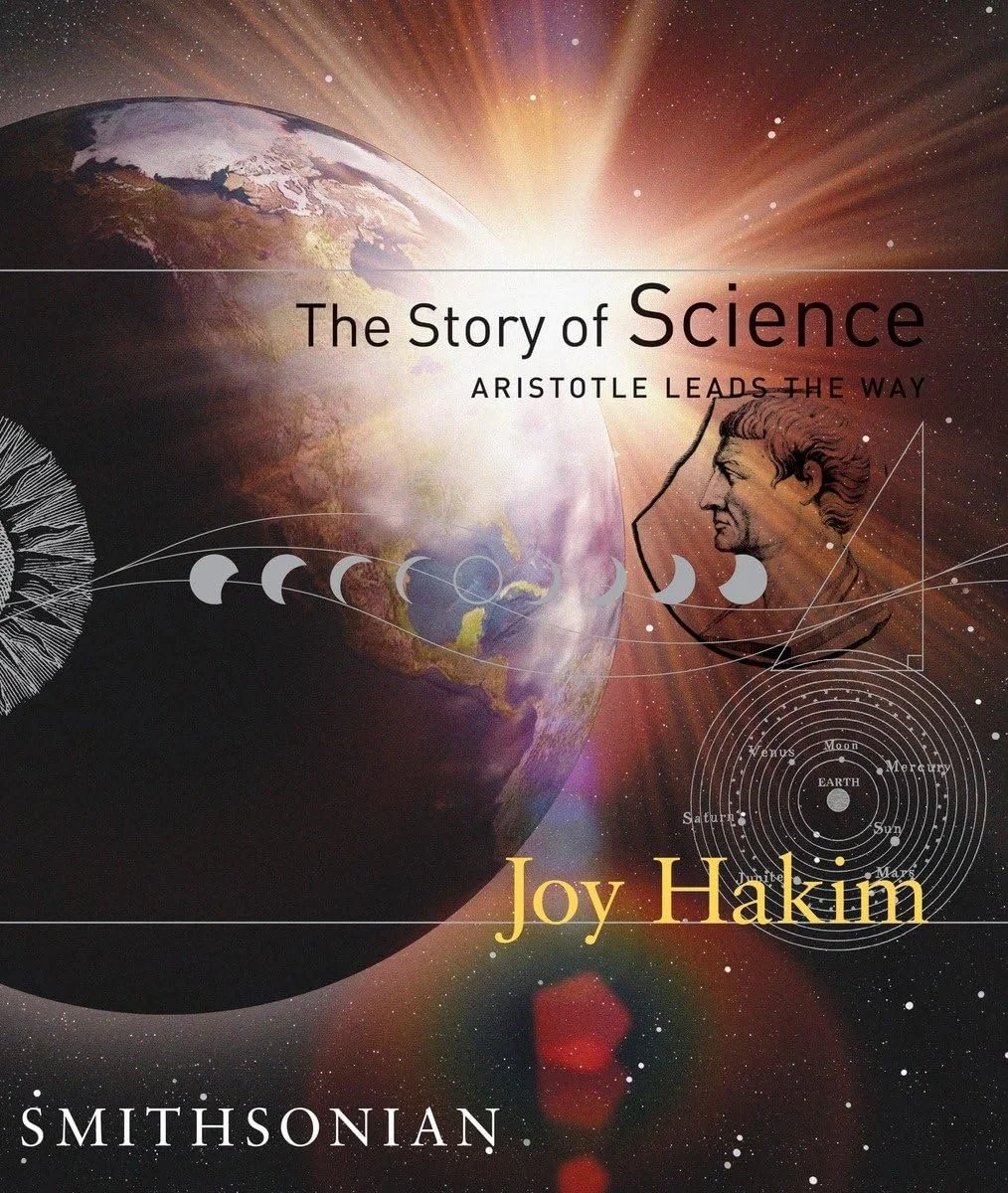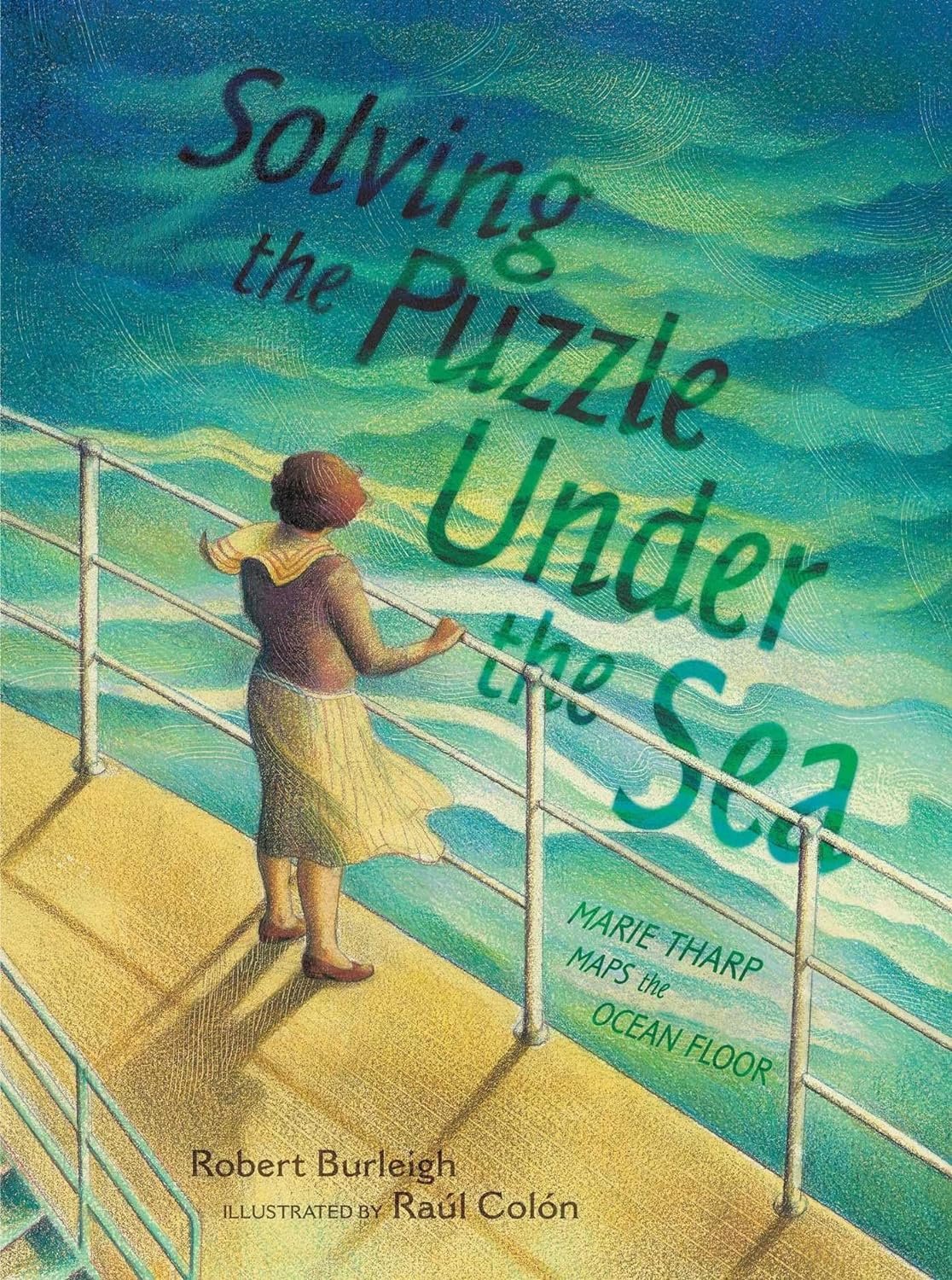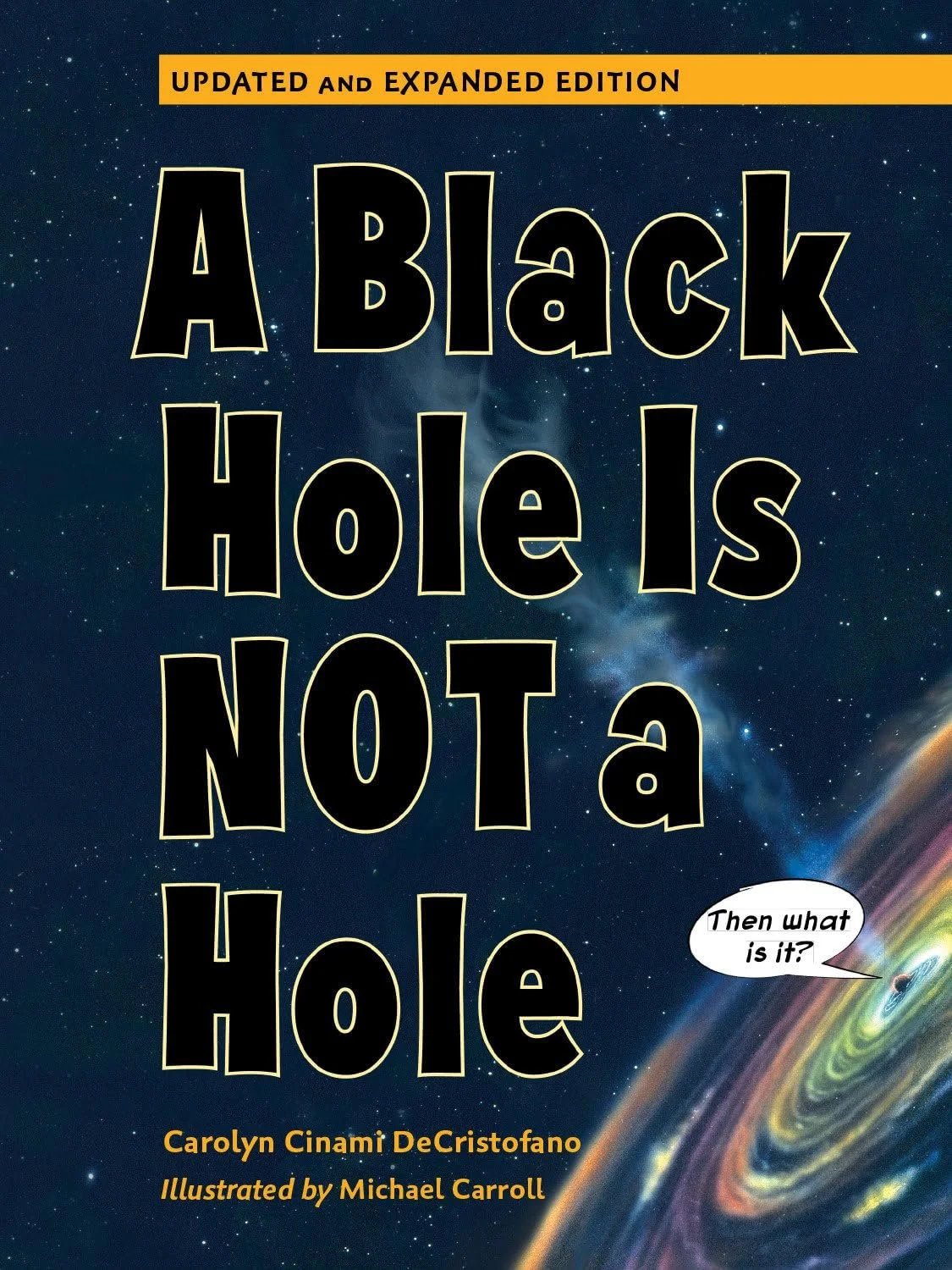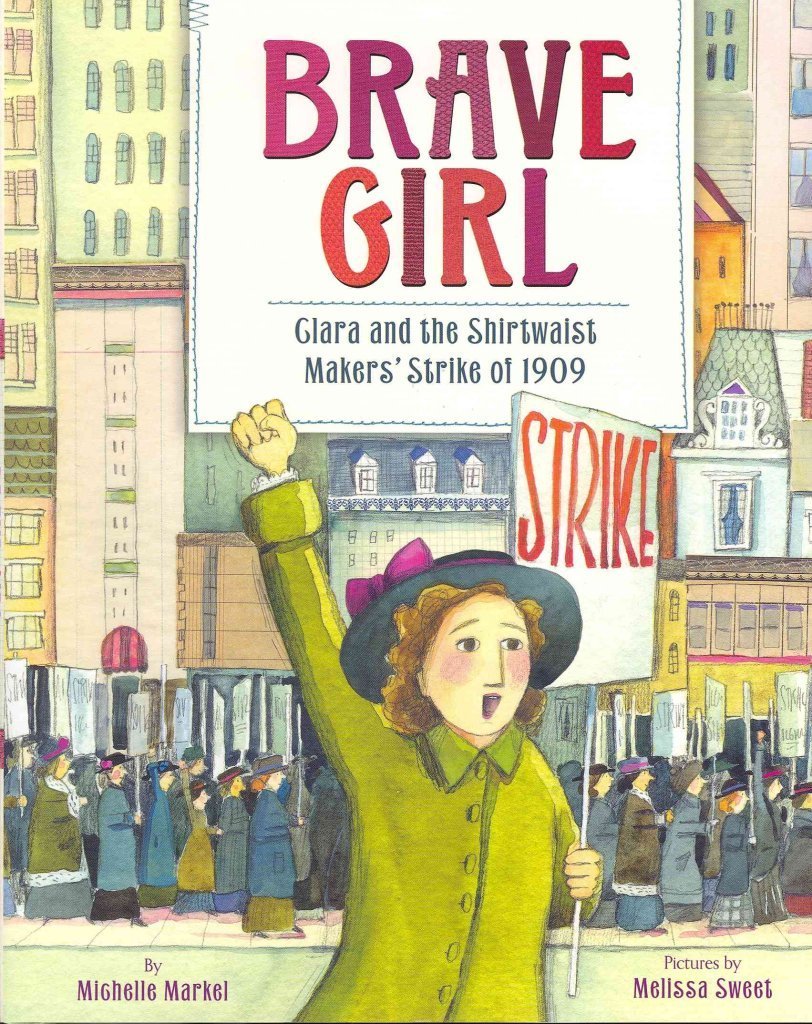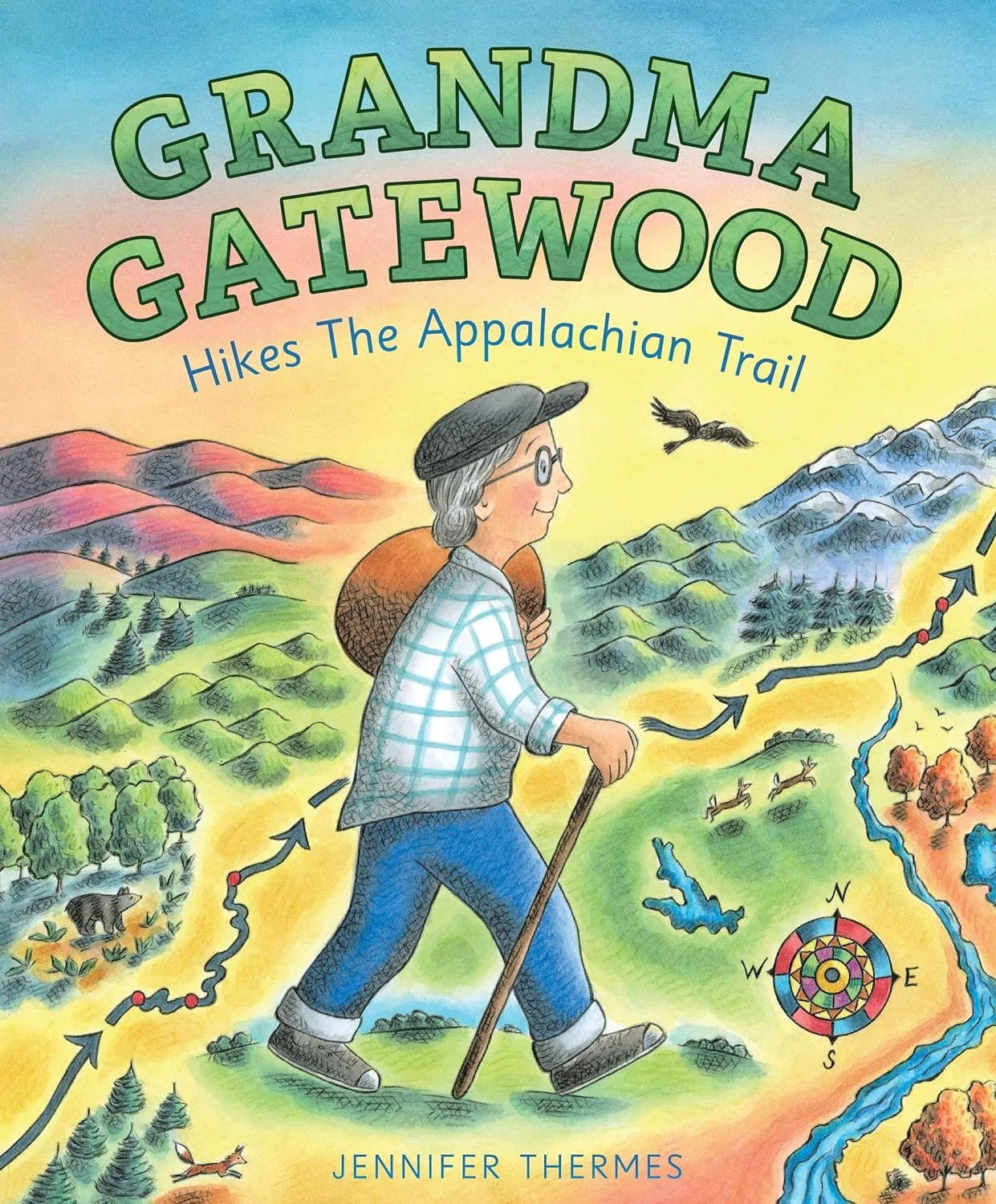Nonfiction Books for Kids
Nonfiction Books for Kids
I want to note that I do not get paid to do these posts, I just love authors and the book industry. However, they do take time and energy to create. If you want to donate a few dollars to my coffee fund, which keeps this blog going, you can do so here: https://venmo.com/AshleyHasty or here: http://paypal.me/hastybooklist.
Non-fiction books for kids hold a special place in the realm of literature, offering a gateway to real-life stories, history, and science. For some young readers, diving into the factual world can be just as exciting, if not more so, than getting lost in the pages of fictional tales. Yet, there's also a subset of young readers who struggle to find the same allure in non-fiction, particularly those who are drawn to the imaginative realms of made-up stories.
For many children, the appeal of non-fiction lies in its ability to uncover the wonders of the world around them. Whether it's learning about the ancient civilizations of Egypt or the incredible feats of engineering behind modern-day skyscrapers, non-fiction books offer a glimpse into the rich tapestry of human history and achievement. These books provide a sense of discovery, sparking curiosity and prompting readers to ask questions about the world and their place in it.
Non-fiction books can serve as powerful educational tools, supplementing classroom learning and encouraging lifelong intellectual growth. By presenting information in a clear and engaging manner, these books help young readers develop critical thinking skills and expand their understanding of complex topics. From biographies of inspiring individuals to guides on how the natural world works, non-fiction books offer a wealth of knowledge waiting to be explored.
However, despite the many benefits of non-fiction reading, some children who are accustomed to the captivating narratives of fiction may initially find these books challenging to engage with. Unlike fiction, which often relies on imaginative storytelling and character development to hold readers' interest, non-fiction can sometimes feel dry or overwhelming, especially for those who prefer escapism over facts.
For these reluctant readers, educators and caregivers play a crucial role in helping bridge the gap between fiction and non-fiction. By selecting non-fiction books that align with children's interests and passions, adults can make the reading experience more relatable and enjoyable. Additionally, incorporating interactive elements such as photographs, illustrations, and hands-on activities can further enhance the appeal of non-fiction books, turning them into immersive learning experiences.
Educators can emphasize the real-world relevance of non-fiction reading, highlighting how understanding history, science, and other factual subjects can empower children to make informed decisions and navigate the complexities of the world around them. By framing non-fiction as a source of knowledge and inspiration, rather than a chore or obligation, educators can help instill a love of learning that transcends the boundaries between fiction and reality.
While some kids may naturally gravitate towards fictional stories, there is immense value in introducing them to the world of non-fiction. By providing opportunities for exploration, discovery, and learning, non-fiction books can enrich children's lives and foster a deeper understanding of the world in which they live. With the right guidance and encouragement, even the most ardent fans of fiction can come to appreciate the wonders of factual storytelling.
Below I am sharing a round-up of non-fiction books that kids love. For more nonfiction books, check out this post on books about how things work.
Nonfiction Books for Kids
The Story of Ruby Bridges by Robert Coles
This book tells the true story of Ruby Bridges, the first African American child to attend an all-white elementary school in the South, highlighting her courage and resilience during the Civil Rights Movement. Readers can expect an inspiring narrative that introduces them to the importance of standing up for equality and justice. The book's simple language and powerful illustrations make it accessible to young readers, while its historical significance sparks meaningful discussions about empathy and social change.
National Geographic Kids: Everything Dogs by Becky Baines
As part of the National Geographic Kids series, this book provides a comprehensive guide to everything dog-related, from different breeds and their characteristics to training tips and fun facts. Readers can expect vibrant photographs, engaging trivia, and interactive features that make learning about dogs both entertaining and educational. The book's format is designed to appeal to kids' curiosity and love for animals, making it an ideal choice for young animal enthusiasts.
Who Was Anne Frank? by Ann Abramson
This biography introduces readers to the life of Anne Frank, a Jewish girl who went into hiding during the Holocaust and famously kept a diary of her experiences. Readers can expect a compelling narrative that explores Anne's personal journey and the historical context of World War II. The book's accessible language and illustrations help bring Anne's story to life, making it relatable for young readers while also fostering empathy and understanding of this tragic period in history.
I Am Malala: How One Girl Stood Up for Education and Changed the World by Malala Yousafzai and Patricia McCormick
In this memoir adapted for young readers, Malala Yousafzai shares her inspiring story of advocating for girls' education in Pakistan and surviving an assassination attempt by the Taliban. Readers can expect a powerful narrative that celebrates courage, resilience, and the importance of education. The book's engaging storytelling and personal reflections make it a compelling read for children, inspiring them to stand up for what they believe in and make a difference in the world.
The Boy Who Harnessed the Wind by William Kamkwamba and Bryan Mealer
This true story follows William Kamkwamba, a young boy from Malawi, who builds a windmill to bring electricity to his village and improve their quality of life. Readers can expect an inspiring tale of innovation, perseverance, and the power of determination. The book's accessible language and relatable themes make it suitable for children, while its message of ingenuity and resourcefulness encourages readers to think creatively and solve problems in their own lives.
Ada's Violin: The Story of the Recycled Orchestra of Paraguay by Susan Hood
This picture book tells the true story of a group of children from a slum in Paraguay who create musical instruments out of recycled materials and form an orchestra that captivates audiences around the world. Readers can expect a heartwarming narrative that celebrates the transformative power of music and the resilience of the human spirit. The book's colorful illustrations and rhythmic language make it engaging for young readers, while its message of hope and perseverance inspires them to pursue their passions despite obstacles.
The Watcher: Jane Goodall's Life with the Chimps by Jeanette Winter
This biography follows the life of renowned primatologist Jane Goodall, from her childhood fascination with animals to her groundbreaking research on chimpanzees in Tanzania. Readers can expect an intimate portrait of Goodall's life and work, exploring her deep connection to nature and her efforts to protect endangered species. The book's lyrical prose and expressive illustrations capture the wonder of the natural world, making it both informative and inspiring for young readers interested in science and conservation.
Marching with Aunt Susan: Susan B. Anthony and the Fight for Women's Suffrage by Claire Rudolf Murphy
This picture book tells the true story of young Bessie Keith Pond, who joins her aunt Susan B. Anthony in the fight for women's suffrage in the early 20th century. Readers can expect a compelling narrative that introduces them to the history of the women's suffrage movement and the importance of equality and social justice. The book's lively illustrations and engaging storytelling make it accessible for young readers, while its message of empowerment encourages them to stand up for their rights and make their voices heard.
You Wouldn't Want to Be a Roman Gladiator! by John Malam
Part of the "You Wouldn't Want to Be" series, this book offers a humorous and informative look at the life of a Roman gladiator, exploring the brutal realities of ancient Roman entertainment. Readers can expect lively illustrations, fun facts, and interactive elements that bring history to life in a kid-friendly way. The book's engaging tone and irreverent humor make it both entertaining and educational, offering young readers a glimpse into the past while sparking their curiosity about ancient civilizations.
The Story of Science: Aristotle Leads the Way by Joy Hakim
This book is the first in a series that introduces readers to the history of science, starting with ancient Greece and the contributions of philosophers like Aristotle. Readers can expect a captivating narrative that explores the origins of scientific thinking and the development of key ideas and discoveries. The book's accessible language and engaging storytelling make complex scientific concepts understandable and relatable for young readers, while its emphasis on historical context encourages critical thinking and inquiry.
The Boy Who Loved Math: The Improbable Life of Paul Erdős by Deborah Heiligman
This picture book biography tells the true story of mathematician Paul Erdős, who made remarkable contributions to the field of mathematics despite never attending formal school. Readers can expect a fascinating look at Erdős' unconventional life and his passion for numbers, along with playful illustrations and mathematical puzzles that make the book both entertaining and educational. The book's emphasis on curiosity and creativity encourages young readers to explore their own interests and pursue their passions.
Solving the Puzzle Under the Sea: Marie Tharp Maps the Ocean Floor by Robert Burleigh
This picture book biography follows the life of Marie Tharp, a pioneering geologist who created the first comprehensive map of the ocean floor and revolutionized our understanding of the Earth's surface. Readers can expect an engaging narrative that celebrates Tharp's groundbreaking work and highlights the importance of perseverance and curiosity in scientific discovery. The book's vibrant illustrations and descriptive language make it accessible for young readers, while its message of exploration and discovery inspires them to explore the wonders of the natural world.
The Tree Lady: The True Story of How One Tree-Loving Woman Changed a City Forever by H. Joseph Hopkins
This picture book tells the true story of Kate Sessions, a pioneering botanist who transformed the city of San Diego through her love of trees and plants. Readers can expect a captivating narrative that celebrates Sessions' passion for nature and her efforts to create green spaces in urban environments. The book's lush illustrations and descriptive language bring Sessions' world to life, making it both informative and inspiring for young readers interested in environmental conservation and urban planning.
A Black Hole Is Not a Hole by Carolyn Cinami DeCristofano
This book explores the fascinating world of black holes, explaining the science behind these mysterious cosmic phenomena in a way that is accessible for young readers. Readers can expect clear explanations, colorful illustrations, and interactive elements that make complex scientific concepts understandable and engaging. The book's playful tone and imaginative approach encourage curiosity and exploration, sparking readers' interest in astronomy and the wonders of the universe.
Brave Girl: Clara and the Shirtwaist Makers' Strike of 1909 by Michelle Markel
This picture book biography tells the true story of Clara Lemlich, a young immigrant who led a strike of shirtwaist makers in New York City to protest unsafe working conditions and demand better wages and rights for workers. Readers can expect a compelling narrative that celebrates Lemlich's courage and activism, while also providing historical context about the labor movement and the struggles of immigrant workers in the early 20th century. The book's expressive illustrations and powerful storytelling make it both informative and inspiring for young readers, encouraging them to stand up for justice and equality in their own communities.
The Boy Who Invented TV: The Story of Philo Farnsworth by Kathleen Krull
This biography tells the true story of Philo Farnsworth, a young inventor who developed the first working television system in the early 20th century. Readers can expect a captivating narrative that explores Farnsworth's innovative spirit and his contributions to modern technology. The book's lively illustrations and engaging storytelling make it accessible for young readers, while its emphasis on creativity and perseverance inspires them to pursue their own inventions and ideas.
Shark Lady: The True Story of How Eugenie Clark Became the Ocean's Most Fearless Scientist by Jess Keating
This picture book biography follows the life of Eugenie Clark, a pioneering marine biologist who studied sharks and challenged stereotypes about these misunderstood creatures. Readers can expect an inspiring narrative that celebrates Clark's passion for marine life and her groundbreaking research. The book's colorful illustrations and descriptive language bring Clark's underwater adventures to life, making it both informative and engaging for young readers interested in marine biology and conservation.
Hidden Figures: The True Story of Four Black Women and the Space Race by Margot Lee Shetterly
Adapted for young readers from the bestselling adult book, "Hidden Figures" tells the true story of four African American women mathematicians who played crucial roles in the NASA space program during the 1960s. Readers can expect a compelling narrative that highlights the contributions of these remarkable women and explores the intersection of race, gender, and science. The book's accessible language and vibrant illustrations make it suitable for young readers, while its message of perseverance and empowerment inspires them to pursue their dreams and break barriers.
Grandma Gatewood Hikes the Appalachian Trail by Jennifer Thermes
This picture book biography tells the true story of Emma Gatewood, an elderly woman who hiked the entire Appalachian Trail alone in the 1950s, becoming the first woman to do so. Readers can expect an inspiring narrative that celebrates Gatewood's adventurous spirit and determination to challenge stereotypes about age and gender. The book's evocative illustrations and descriptive language capture the beauty and challenges of the Appalachian Trail, making it both informative and engaging for young readers interested in outdoor exploration and trailblazing.
The Boy Who Dreamed of Infinity: A Tale of the Genius Ramanujan by Amy Alznauer
This picture book biography tells the true story of Srinivasa Ramanujan, a self-taught mathematician from India who made groundbreaking contributions to number theory despite facing numerous obstacles. Readers can expect a lyrical narrative that celebrates Ramanujan's love of mathematics and his ability to see patterns and connections where others could not. The book's expressive illustrations and poetic language make it accessible for young readers, while its emphasis on curiosity and perseverance inspires them to explore the beauty and wonder of mathematics.
To make these non-fiction books interesting for kids, it's essential to consider their interests and preferences. Incorporating engaging visuals such as colorful illustrations, photographs, maps, and diagrams can help capture their attention and make complex concepts more accessible. Additionally, including interactive elements such as quizzes, activities, and experiments can make the reading experience more hands-on and interactive, encouraging active participation and critical thinking.
Furthermore, connecting the content of the books to real-life experiences and interests can help make them more relatable and meaningful for young readers. For example, discussing how historical events or scientific discoveries have shaped the world we live in today can help kids see the relevance and importance of the topics being explored. Encouraging discussions, asking questions, and allowing children to share their thoughts and ideas can also help deepen their engagement with the material and foster a love of learning.
Overall, non-fiction books for kids have the potential to spark curiosity, inspire imagination, and broaden horizons. By selecting engaging and informative titles and providing opportunities for exploration and discovery, educators and caregivers can help children develop a lifelong love of reading and learning.
